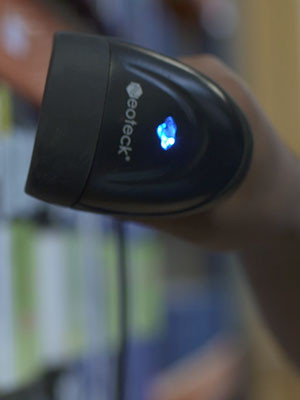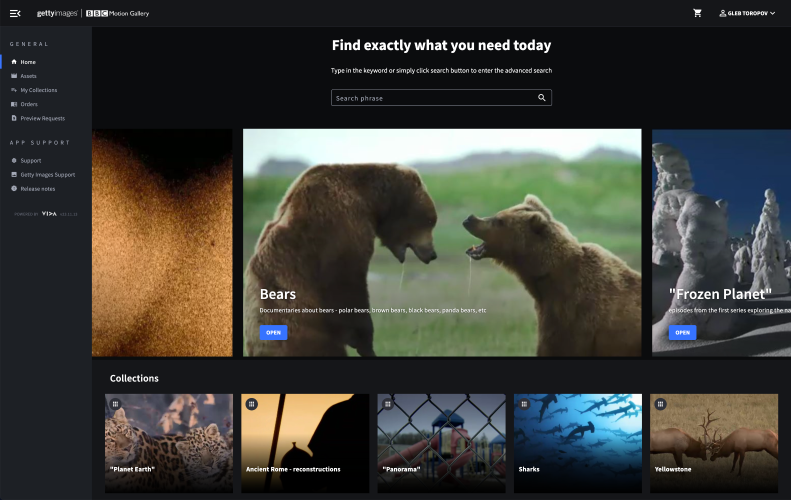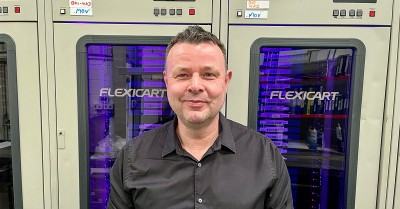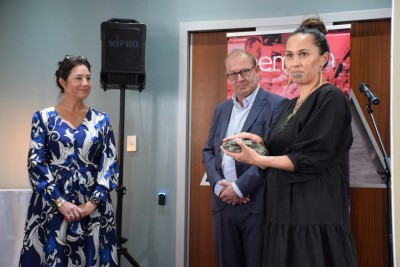A big challenge facing owners of legacy content is rationalising and archiving their tape and film-based media in cost effective and efficient ways, whilst also adding value. Normally the result of this is to find a low cost means of digitising the content – usually leaving them with a bunch of assets on HDD. But then what? How can content owners have their cake and eat it?
It’s a constant problem. Companies are desperate to preserve their physical format archives such as Digibeta, knowing that yearly they lose content or quality therein through the degradation of the medium itself. But how to secure the budget before it’s too late? In our experience, those who succeed are those who reframe the urgency of preserving content to an opportunity to build rich digital archives and enrich media with additional metadata via a fully visible, low stress process and intuitive UI.
Maximum efficiency and value when digitising either tape or film can only be achieved through the marriage of expertise of handling the formats with good workflow orchestration and the latest cloud / AI technologies. Robotics allow us to reduce costs by using less human resource, and intelligence in the workflow to react to issues with the process means decisions can be actively made 24 hours a day.
By adopting a new approach to handling old content, the need of owners to get more from their media is a reality and happening here and now. That said, few thought such legacy hardware as Sony Flexicarts would still be deployed in anger in 2019, but they enable efficient, high volume content capture (24x7) of tape-based content, from BetaSP through to HDCam-SR. The new approach is not only from this intelligent automation and orchestration driving the flexicarts, but that the same orchestration and cloud resources continue to process the content once digitised right through to its final destination.
This last step is so often overlooked. Simply digitising tapes to files does not unlock the true potential of the content – it needs to be backed up, indexed and made available via secure portals to be truly discoverable. Image detection and speech to text using cloud-based AI services are seamlessly interwoven into our workflows – which react to each client’s own tailored needs. This means that the level of indexing, or even if indexing is done at all – is just a case of ticking a box.
Spot and Spin provides this truly end to end service – delivering the value you need from the content. Our flexible workflows allow you to easily select from a wide set of options – ensuring you only incur costs that match your needs.
A request by a global media and entertainment brand to take over 20,000 tapes from their active library, with an even SD:HD split and digitise them, is not an unusual or difficult challenge. The ‘delighting part’ was to provide a workflow which offers frame accurate ingests at a low cost, real time access into the process - and an embarrassment of choice for the client in how they wanted to build their workflow.
What did the client need?
- Frame accurate digitisation monitored by automation for any issues including video and audio channel conditions.
- Metadata of any issues stored by the system, identified to operators and if possible, the automation to immediately re-ingest the content.
- Option to capture content (hardware encoders) via three different methods; Timecode capture, In Point & Free Roll or Crash capture.
- Frame accurate browse copies (H264) viewable in a secure UI with BITC, providing immediate operator use and further metadata augmentation.
- A need for comprehensive post digitisation services, including automated file-based QC and five-point spot check; frame accurate edit functionality to remove part breaks present on masters, thus avoiding costly edit suite time in house when content is required; identify and mark aspect ratio and TX status in addition to being able to add any broadcast notes.
- To work closely together to build a workflow that met the future requirements of the ingested content. For this brand, the 20,000 high resolution assets had to be delivered to the client themselves and its playout partner in addition to a secure backup being held by Spot and Spin to act as a backup throughout the life of the project.
- Have broadcast ready files delivered to them via Spot & Spin’s own SSL encrypted UDP acceleration tool, rather than use expensive UDP based tools on the market, or TCP based methods which suffer issues with throughput.
- Provide full visibility and control, throughout the workflow. Achievable through a white labelled technical portal which provides granular information and progress of individual assets in real time. In addition, as the library was active, the essential functionality to request urgent/express assets required by the business.
Spot and Spin’s response? Done, done, done and more. Better still, achieved through simple design and configuration of workflows – rather than expensive, manually driven processes.
Let’s not consign content to the shredder believing it’s too expensive to ingest, there is another way – and it’s here today.
































